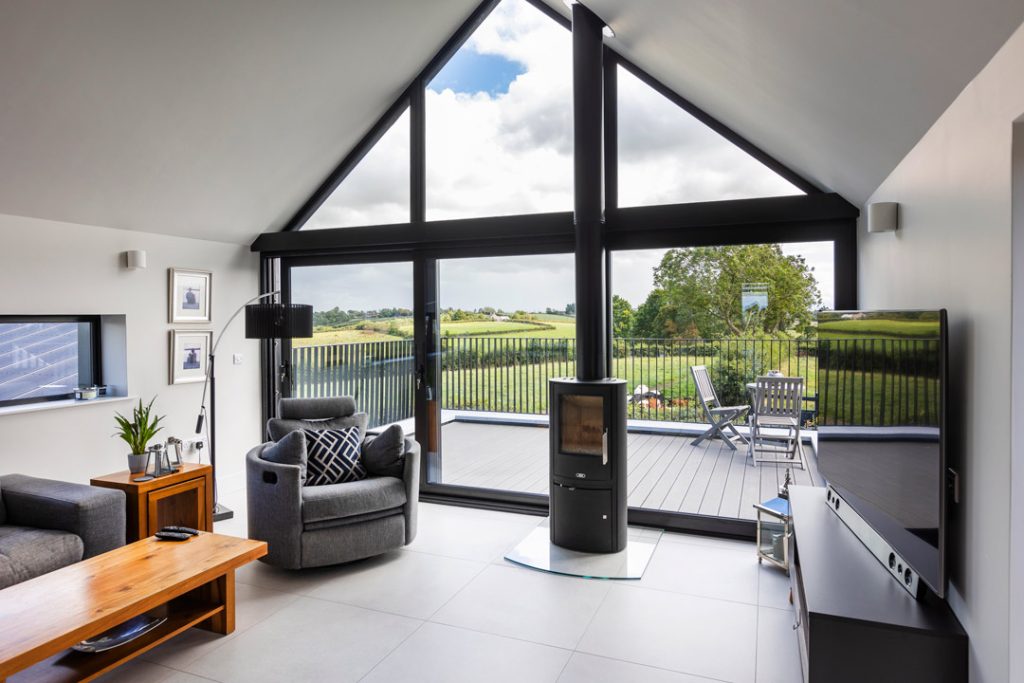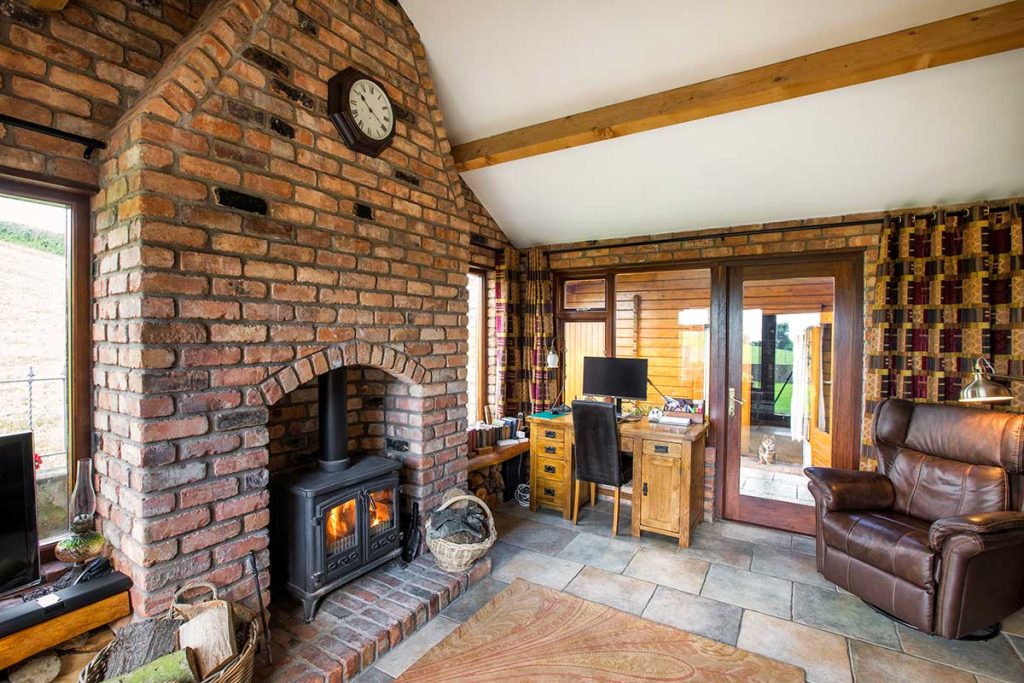Home Stoves vs. Open Fires
The contemporary method for enjoying the warmth of a fire without the excessive heat loss experienced with open fires lies in the adoption of home stoves. Recent times have witnessed an increased adoption of wood-burning and other fuel-based home stoves, as more people become aware of the inefficiencies of open fires. These stoves offer an enhanced control over the burning rate, thereby allowing for better fuel efficiency and consistent heat distribution.
Advantages of Home Stoves
- Efficiency: Unlike open fires, which often result in heat loss, especially when not in use, home stoves provide greater control over the burning rate. This control allows homeowners to modulate the heat output, ensuring optimal fuel utilization.
- Heat Distribution: The design of home stoves ensures that their body heats up uniformly. As a result, they radiate heat evenly in all directions, creating a cosy environment.
- Aesthetics: Modern home stoves are available in a plethora of designs and styles, adding an aesthetic touch to the interiors of a room.

Understanding Convection Stoves
Among the different types of home stoves, convection stoves stand out. These stoves have a double-skin construction that ensures the heat is not transferred to the outer casing. Instead, they heat the air flowing between the skins, which then escapes from the stove’s top front.
Convection stoves have some advantages:
- They can potentially heat a room quicker than radiation-based stoves.
- They are ideal for rooms with non-fireproof surfaces around them.
However, it’s crucial for prospective buyers to research and understand if convection stoves meet their specific requirements.
Navigating Home Stove Regulations
Safe installation of home stoves is governed by specific regulations. These cover areas such as:
- Combustion air requirements to prevent carbon monoxide risks.
- Construction and positioning of chimneys or flues.
- Guidelines for adjacent non-combustible surfaces.
- Emission standards.
For readers in Northern Ireland (NI), consultation with the local council Building Control service is essential to understand applicable regulations. In NI, one can refer to the Technical Booklet L, while in the Republic of Ireland (ROI), Part J offers guidance. Always prioritize safety and adhere to the regulations, whether or not they are mandatory in your scenario.

Installation Tips for Home Stoves
- Ensure the stove is placed on a non-combustible surface. The recommended dimensions vary, but typically, a 225mm extension at the front is advisable for a free-standing stove.
- Ensure that the chosen spot can support the stove’s weight, including any stovepipe.
- For stoves being installed in an existing chimney, a flue liner might be necessary. Ensure an airtight connection to avoid gas leakages.
- It is generally not recommended to discharge directly into the chimney, even if it’s well-lined. Direct discharge can lead to issues such as poor up-draught and condensation problems.
- For optimal combustion, ensure an efficient ventilation system. In new builds, a dedicated pipe connected to the outside might suffice.
Choosing the Right Size
The size of the stove plays a critical role in its efficiency. While an undersized stove might not provide adequate heat, an oversized one can lead to incomplete combustion, resulting in issues such as carbon monoxide emission. Online calculators can assist in determining the right stove size based on room dimensions and insulation. Always consult with manufacturers or suppliers for precise guidance.

Decoding Home Stove Fuels
- Wood-burning Stoves: Available as log-burners or pellet types, wood-burning stoves offer flexibility. While log burners require manual intervention for refuelling, pellet types offer automation and thermostat control. However, wood quality is crucial; ensure logs are well-seasoned before use.
- Multi-fuel Stoves: These stoves can burn diverse fuels, including coal and turf. However, consider the environmental implications of these fuels.
- Gas-fired Stoves: For those with restrictions on wood-burning, gas-fired stoves offer an efficient alternative.
Conclusion
Home stoves have revolutionized the way we think about indoor heating. Their efficiency, combined with modern design aesthetics, make them a popular choice for homeowners. However, before investing, it’s vital to consider factors such as the stove type, size, and fuel. Always keep regional regulations in mind to ensure safe and efficient stove operation.





